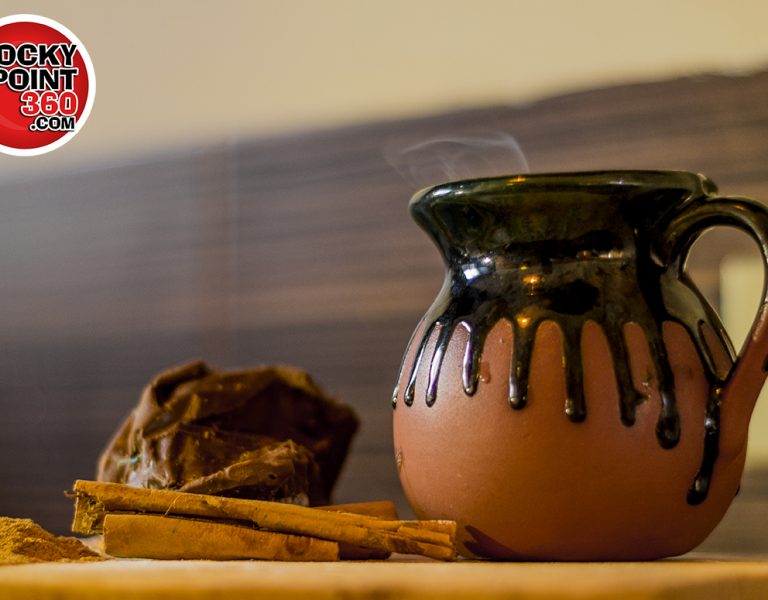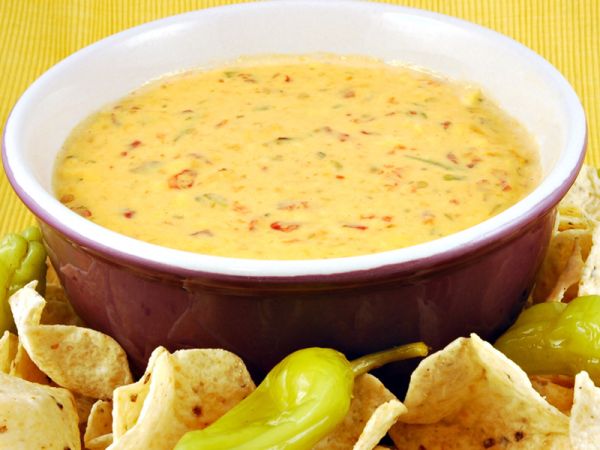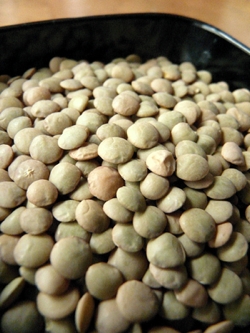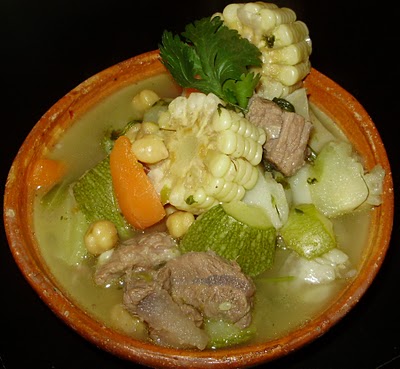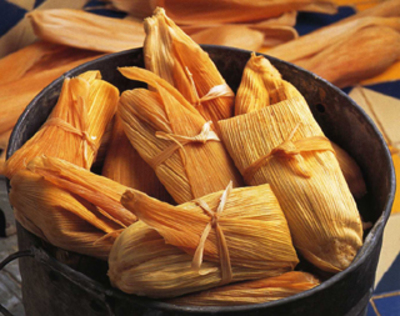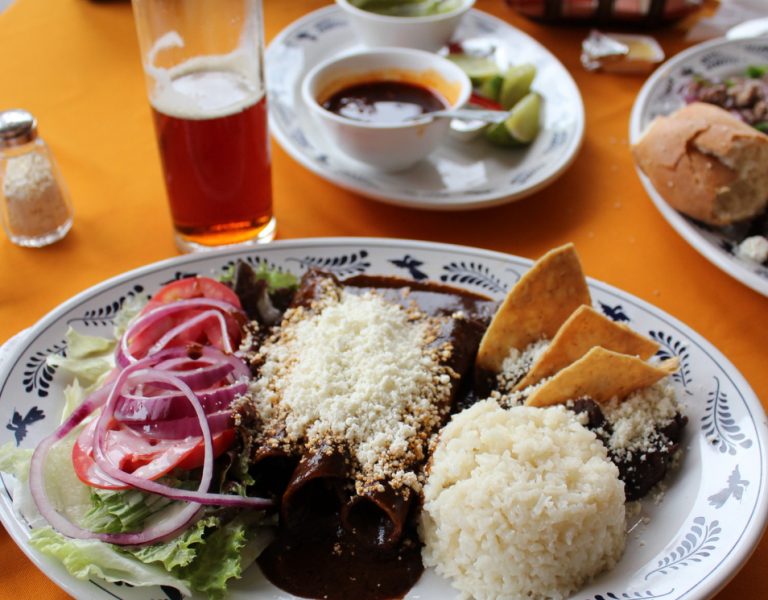¿Quién no ha probado el famoso champurrado (o champurro)? Ideal para el frío, con pan, para una mañana familiar o en la noche junto a una chimenea o fogata. Lo pedimos, lo compramos, unos lo hacen más sabroso que otros (sin duda). Sin embargo, a veces, la ley de Murphy se hace presente, y cuando se antoja uno, no encontramos por ningún lado, entonces ¿por qué mejor no hacerlo? Claro, al estilo tradicional sonorense. ¿Lo mejor? Combina perfecto con los típicos tamales del 2 de febrero (Receta de tamales de elote) Arremánguense y manos a la obra. Ingredientes: 1-1/4 de litros de agua 250 gramos de piloncillo (3 pilones) 1 raja de canela 4 clavos de olor
1/2 taza de harina 100 gramos de cocoa (1/2 taza) Agua para mezclar la harina Preparación y procedimiento: Se hierve el agua con el piloncillo, la canela y los clavos hasta que se disuelva el piloncillo. Se tuesta la harina en un sartén hasta que tome un color dorado. Se deja enfriar y se mezcla con agua fría. Se le agrega la cocoa y se revuelve hasta que no queden grumos. Puede colarse. Una vez que el agua haya hervido se le agrega lentamente la harina diluida con la cocoa, y se revuelve constantemente para que no se pegue. Se deja hervir hasta que se cuece y se espese.Y a disfrutar se ha dicho.
